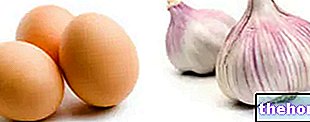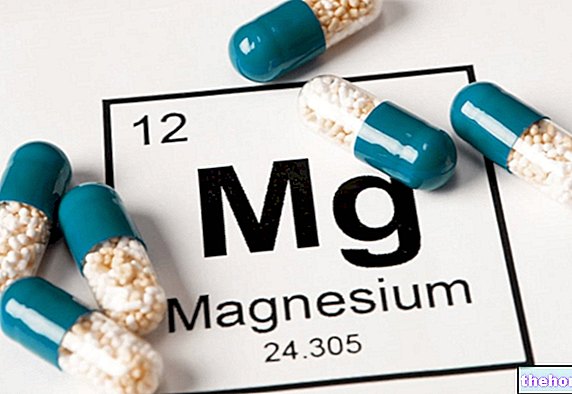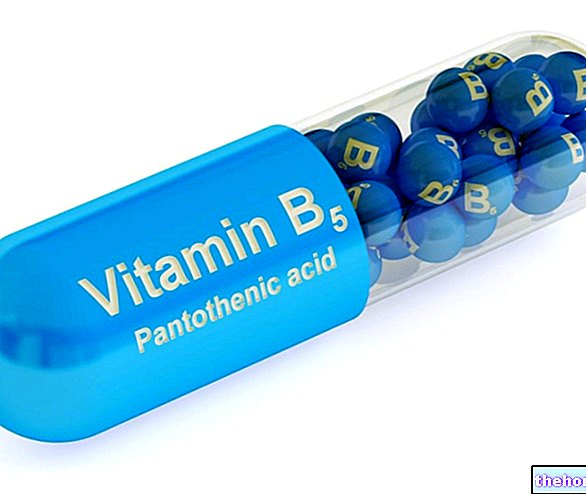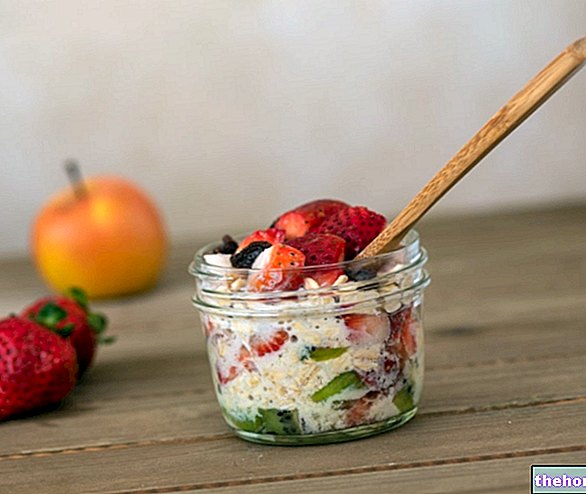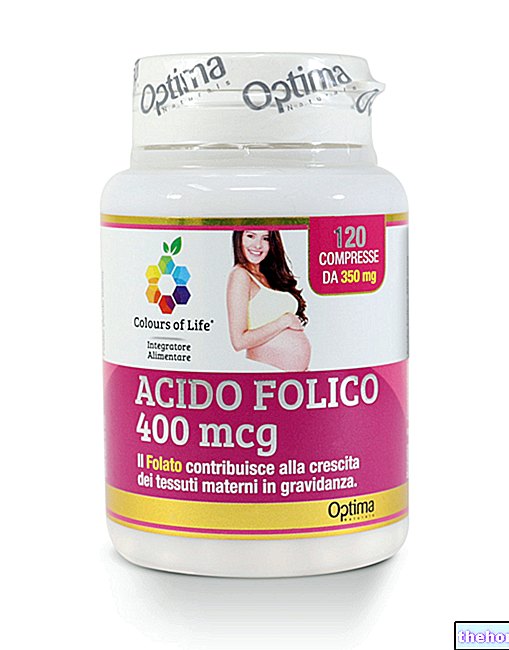Fructose (or levulose) is a monosaccharide, which has the same molecular formula as glucose (C6H12O6) but a different chemical structure. Its nutritional properties, which have long been the subject of numerous studies and researches, are also different.
Like all carbohydrates, fructose also provides approximately 4 Kcal per gram (3.75 to be precise).
Fructose in foodFructose digestion and absorptionFructose and insulinFructose excessFructose intoleranceFructose and weight lossFructose and diabetesFructose: endocrine and metabolic effects Fructose syrupRecipes with fructoseFructose in food
Fructose is present in fruit (to which it owes its name), honey and vegetables. Ripe grapes, bananas and tomatoes are just some of the foods with the highest content of this sugar:
(g / kg of food)
(g / kg of food)
From Food Chemistry - Cappelli and Vannucchi - Zanichelli
Fructose also abounds in many processed foods where it is used to sweeten and keep foods longer.
Combined with glucose it forms the disaccharide sucrose (the common cooking sugar) with respect to which it has a higher sweetening power (almost double). It is the abundant presence of fructose that gives honey greater sweetness than traditional sugar.

Fructose is normally obtained by isomerization of the glucose present in corn starch. At room temperature, due to its high solubility, it is in liquid form. However, through the refining process it is possible to obtain white crystals similar to sugar.
Corn starch is also used in the industrial field to produce corn syrup which is composed of 55% fructose and the remaining 45% glucose.
As we have seen, the presence of fructose prolongs storage times and prevents crystallization (particularly useful in sugary drinks).
Corn syrup is contained in candies, sodas, pastries, fruit juices, breakfast cereals, diet foods, and energy bars. Its use in the confectionery industry is fundamental since the low cost and the valuable characteristics are perfectly matched to the business needs.
Digestion and absorption
To learn more, see the article: absorption and metabolism of fructose
If ingested alone, fructose reaches the small intestine unaltered where it is absorbed and conveyed to the liver.
Its absorption rate is lower than that of glucose and sucrose but still greater than that of artificial sweeteners recommended for diabetic subjects (sugar alcohols).
Thanks to this relatively rapid absorption, fructose does not have the laxative effects typical of artificial sweeteners. However, if taken in excess it can exceed the maximum absorption capacity going against a rapid fermentation that causes flatulence and intestinal pain.
The liver has the task of metabolizing fructose, transforming it into glucose which, due to the slowness with which it is produced, is slowly released into the circulation.
However, this transformation capacity has a limit and, if present in excess, the fructose is converted into lactic acid or triglycerides and will then be released into the blood or deposited in the liver (see hepatic steatosis). Hypertriglyceridemia (high amount of triglycerides in the blood) represents one of the main risk factors for cardiovascular disease (other blood lipids, such as cholesterol or HDL are not minimally affected by fructose metabolism). Moreover, the excess of triglycerides is captured by the cells which deposit the fatty acids in the form of adipose tissue.
He continues: Is fructose bad for you? Does it make you fat?
Sugar-free Apple Tart with Fructose
Recipe to prepare a Light apple tart, without sugar and with fructose explained in every detail by Alice, our PersonalCooker. Follow the other video recipes with fructose and alternative sweeteners on MypersonaltrainerTv.
Pear Cake for Diabetics
Problems with playing the video? Reload the video from youtube.
- Go to the Video Page
- Go to the Video Recipes Section
- Watch the video on youtube
Other Foods - Sweeteners Acesulfame K Aspartame Sugar beet Sugar cane Sodium cyclamate Dextrose Sweeteners Erythritol Fructose Maltose Mannitol Molasses Saccharin Saccharose Maple syrup Agave syrup Fructose syrup Glucose syrup Sugar sorbitol Articles Stevia Sucralitol sugar SWEETENERS Categories Alcoholic Foods Meat Cereals and derivatives Sweeteners Sweets Offal Fruit Dried fruit Milk and Legumes Oils and Fats Fish and fishery products Salami Spices Vegetables Health recipes Appetizers Bread, Pizza and Brioche First courses Second courses Vegetables and Salads Sweets and Desserts Ice cream and sorbets Syrups, liqueurs and grappas Basic Preparations ---- In the Kitchen with leftovers Carnival recipes Christmas recipes Light diet recipes tici Recipes for the Holidays Recipes for Valentine's Day Vegetarian Recipes Protein Recipes Regional Recipes Vegan Recipes


